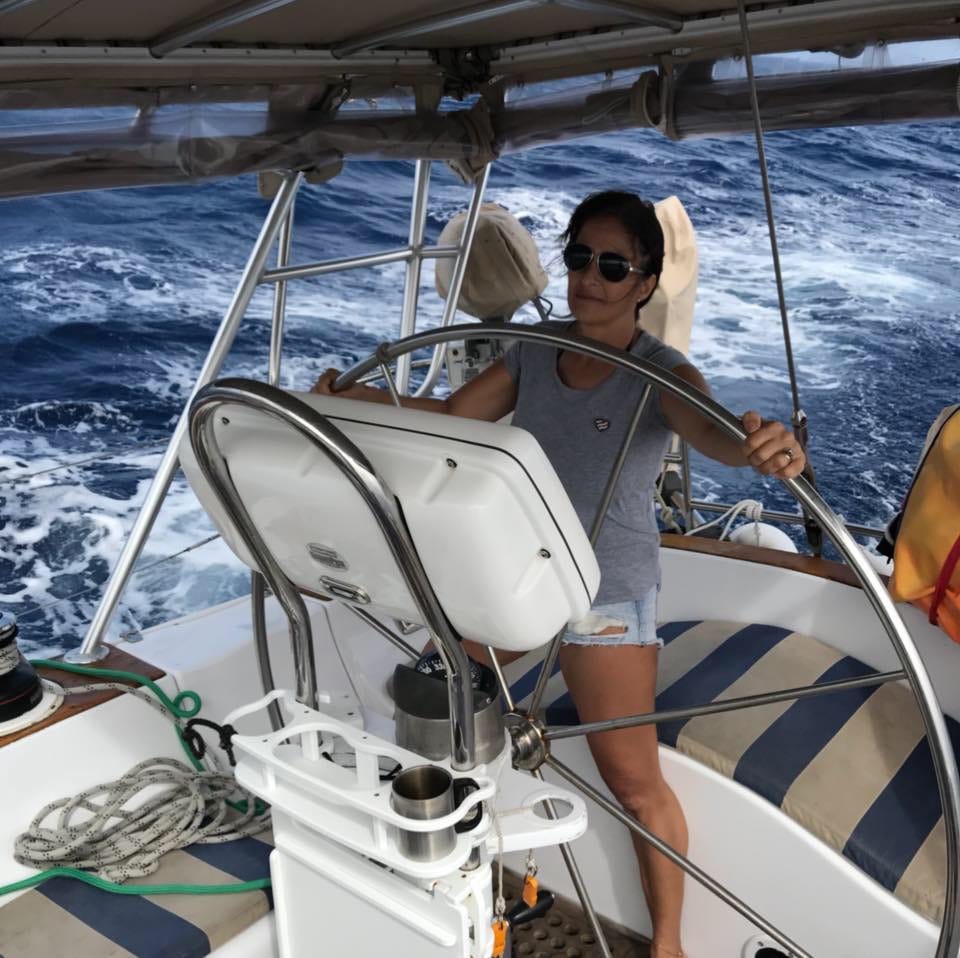Steering System Maintenance
Periodic Maintenance will keep you steering toward distant horizons
Steering is one of those things we assume will always work. If the wheel goes limp in your hands and the boat veers off, you will not have a good day. Thankfully, there are steps you can take to reduce the chance of this terrible experience.
Background
A little background to start, steering systems come in four forms – traditional chain-and-cable, pull-pull cable systems, rack-and-pinion shaft mechanical, and hydraulic.
Chain-and-Cable – the prevalent system, a short chain (think large bicycle chain) that engages a sprocket on the steering wheel shaft. The chain connects to stainless steel cables that lead to the steering quadrant in straight lines over a series of pulleys.
Pull-Pull Cable – a variation of the chain and cable system. Instead of open cables and pulleys, pull-pull uses stainless steel cables in a plastic/metal sheath (think of brake cables on a bicycle). The cables don’t need to lead in straight lines to the quadrant; they can be routed around structures in the boat, giving the builder placement flexibility.
Mechanical Shaft – a system similar to automotive steering, with mechanical shaft linkage and universal joints leading from the steering wheel to the steering quadrant
Hydraulic – a purely hydraulic system with a manual hydraulic pump driven by the wheel, leading to a hydraulic drive at the steering quadrant


